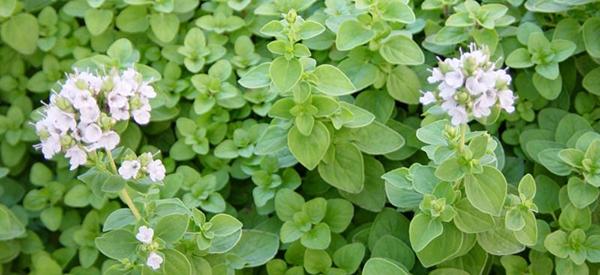
Marjoram
Marjoram (Origanum majorana) is an aromatic herb that symbolizes happiness and is believed to ward off evil spirits. Sweet marjoram, or knotted marjoram as it is known, is cultivated particularly for its culinary uses. This bushy and herbaceous plant is used in many Greek and Mediterranean cuisines. It has a sweet, spicy, piney, and citrusy flavor that is best for garnishing soups, sauces, and dressings. Marjoram is also an attractive plant to put in hanging containers around flower beds or edible gardens.
The dried leaves of the marjoram are also used in potpourris, dream pillows, and other aromatherapy products. According to ancient legends, the herb can help strengthen the heart. That is why Greeks used to give their maidens marjoram during courtship and before marriage. Many young women would place it under their pillow at night. They believed that the herb has the power to reveal the face of their future husbands. Marjoram is said to promote love and civility, and even happiness in the afterlife if planted by the grave.
Related: The Complete Map of Edible Plants: Find Out What You Have in Your Area! (Video)
Marjoram originated in Greece, the Mediterranean, and Asia Minor. During the Middle Ages, it spread to Europe and arrived in the United States shortly after World War II. Today, the plant is endemic in Cyprus and Turkey and is cultivated as a culinary herb. Marjoram is frost-sensitive, which is why it is grown as an annual plant in temperate regions.
How To Identify Marjoram
Marjoram is woody underbrush that exudes an aroma with the reminiscence of oregano, thyme, and pine. The wild form of the plant is smaller than the cultivated ones, and they often proliferate in dry and sunny areas. Their intense flower makes them an attractive addition to gardens, and they are often planted as border or garden edging.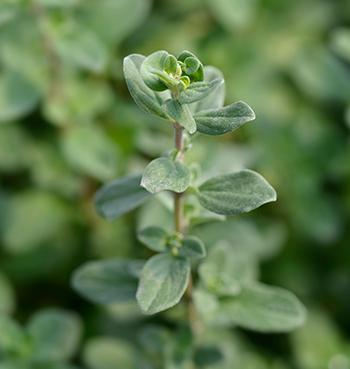
- Leaves. The edible sweet marjoram leaves range from gray-silver to green. It is smooth, simple, and ovate, arranged oppositely on the stem. It is about 1 to 3 inches long and covered with numerous tiny hairs.
- Flowers. Marjoram flowers are also edible and fragrant. They are tiny, pale pink or white, two-lipped, and tubular. It appears in clusters or spikes with green or gray bracts at the base and blooms from June to September.
- Roots. Marjoram has a tender, dense and shallow root system. The surface of the root is dark brown and lighter brown on the inside. It also has several long rootlets and root scars that can spread to about 20 cm wide.
 Seeds. The seeds of the marjoram are tiny. Each flower can produce up to four seeds. These seeds are non-flattened, oval, and dark brown. They are dry, but they do not split open even when ripe.
Seeds. The seeds of the marjoram are tiny. Each flower can produce up to four seeds. These seeds are non-flattened, oval, and dark brown. They are dry, but they do not split open even when ripe.- Stem. The square stems of the marjoram are erect, hairy, and multi-branched. Its color can be green, red, or burgundy and grows from 20 to 60 cm high.
Related: Plant Identification Guide – 400 Wild Plants That You Can Forage For (Video)
Technically, marjoram is a sub-specie of oregano under the genus Origanum. The genus Origanum has various aromatic herbs that are called marjoram but are different plants:
- Origanum marjoram or the sweet marjoram
- Origanum onites or pot marjoram with green leaves that turns to gold in summer
- Origanum vulgare or oregano; also referred to as wild marjoram with green leaves and gold tips
How To Grow Marjoram
Marjoram is somewhat cold-sensitive and flourishes in USDA 6 to 11. So, although the plant is a perennial, most gardeners grow the plant as an annual. It can propagate through seeds or cutting and thrive well if it can bask in the benefit of the full sun.
The marjoram herb is best planted in containers. If you should propagate them outdoors, transplant the seedlings only after the threat of the frost.
Growing Marjoram From Seeds
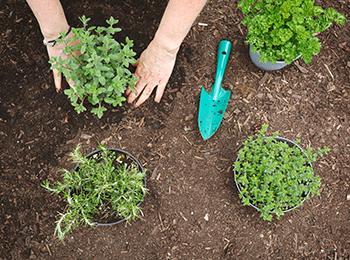 You may start sowing marjoram seeds about six to eight weeks before the last frost.Start the seeds indoors in a container with potting mix. Sow them just below the soil surface and cover them lightly. It is best to put them under the grow light and keep the soil moist but not soggy.
You may start sowing marjoram seeds about six to eight weeks before the last frost.Start the seeds indoors in a container with potting mix. Sow them just below the soil surface and cover them lightly. It is best to put them under the grow light and keep the soil moist but not soggy.
Marjoram seeds will sprout after six to ten days. Transplant them only after two weeks after the last frost.
Space the seedlings 8 to 12 inches apart and 18 to 24 inches between rows, to allow better air circulation. If transplanting in a container, use a pot about six inches wide that has drainage holes.
Growing Marjoram From Cuttings
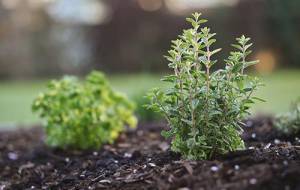 If you live in a region with winter, take a cutting from a mature plant from late spring to mid-summer. Select a cutting from the softwood to semi-hardwood to ensure proper plant growth. Water your chosen plant the day before. If the weather is dry the following day, cut the marjoram plant or dig it up.
If you live in a region with winter, take a cutting from a mature plant from late spring to mid-summer. Select a cutting from the softwood to semi-hardwood to ensure proper plant growth. Water your chosen plant the day before. If the weather is dry the following day, cut the marjoram plant or dig it up.
Cut the marjoram stem at an angle, and about 2 to 4 inches long, leaving a leaf node in each cutting. Put them in potting soil and keep them moist until the roots develop.
Related: 10 Plants That You Should Never Plant Together (Video)
Plant Care And Maintenance
Marjoram is hardy when established and needs little maintenance. Here are the growing guidelines for marjoram propagation: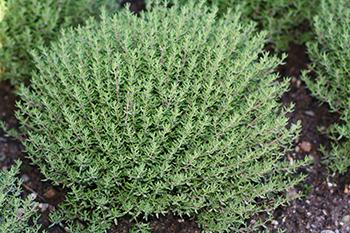
- Fertile, well-drained, and loamy sand
- Full sun to partial shade
- Soil pH level between 5.0 to 8.5
- Watering only when the soil is dry
- Pruning to encourage new growth
Although hardy, marjoram is prone to many diseases.
Spider mites, cutworms, and aphids are just a few insects that can damage the plant.
To treat an infected plant, apply a jet spray of water on the hard and established plant. Insecticidal soap and fungicide are also useful depending on the infestation. If you want a non-toxic approach, applying neem oil to the plant will also prevent the spread of the disease.
How To Harvest Marjoram
The best time for harvesting marjoram is sometime before its flowers open to get their best flavor. You may do this at around 5 to 6 weeks after transplanting when the ball-like stem tips begin to appear. After the flower has fully bloomed, marjoram will have a slightly bitter taste. Also, the second and successive flushes of cutting taste better than the first harvest.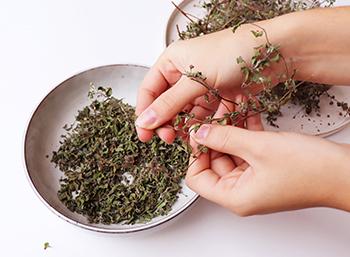
Clip the stem off the marjoram plant that you need. Bundle these branches together and hang them upside down in a dark area to dry. Once thoroughly dried, remove the leaves or flowers and store them whole in a dry container.
You may crush or grind the dried marjoram leaves only when you are ready to use them in a dish or tea. Marjoram leaves and flowers are used fresh or dried.
What Marjoram Is Good For And Natural Remedies Made From It
Marjoram was traditionally used as herbal medicine. Today, it is considered valuable for its stimulant and antispasmodic properties. It is also a good antiseptic, carminative, diuretic, expectorant, emmenagogue, and stomachic.
When taken internally, marjoram can relieve anxiety, tension headaches, insomnia, respiratory and digestive complaints. Externally, it can alleviate stiff muscles, joint pains, sprains, and arthritis. It is also used for cleaning and sanitizing wounds to prevent infections.
Marjoram tea is also used by women in treating menopause and other menstrual problems. It helps restore hormonal balance to stimulate the menstrual flow and help women with irregular menstrual cycles. Marjoram is also an effective anaphrodisiac that can curb the sex drive.
The relaxing and aromatic property of marjoram was popular since ancient times. Women used to hang dried marjoram in their homes to promote a soothing environment. Such an effect is also mentally stimulating in that it can support the nervous and cardiovascular systems. Thus, it is used as a salve for relaxing tired muscles and alleviating tension headaches.
Sweet marjoram has demonstrated an excellent antimicrobial property. There are ongoing studies to prove its effectiveness for its other particular uses. But for now, the diluted marjoram essential oil is used for treating fungal infections. Marjoram supplements are also used for promoting the proper balance of gut bacteria.
Marjoram also contains several antioxidants that can cure various types of cancer.
Some of the Ayurvedic uses of marjoram are for the treatment of the following conditions:
- High blood pressure

- Diabetes
- Anemia
- Respiratory problems
- Digestive issues
- Stress and anxiety, insomnia, depression
- Promoting skin health
- Improving women’s health

- Joint and muscle pains, rheumatism
- Nervous headache
- Cardiovascular diseases
- Toothache and mouth sores
- Curbing libido
- Boosting immunity
- Promoting healthy hair and growth
Related: 10 Medical Supplies You Need to Have in Your House (Video)
What Parts Of The Marjoram Are Used For Remedies?
Marjoram is popular as a spice using either fresh or dried leaves and flowers. As a spice, it is not eaten alone or as a main ingredient but only used in a small amount. To release its potency, taking marjoram as a tea will give you many health benefits.
The medicine is also taken from the leaves and flowers of the marjoram. It is where the volatile oils come from. Marjoram is used as a decoction, infusion, tea, or poultice for treating various illnesses. The dried flowering tops of the marjoram are the part of the plant used for sachets and potpourris.
Herbal remedies and supplements are also available in the form of tincture, essential oil, capsules, or tablets. You can find marjoram food supplements in many herbal and online stores. You can buy the herb in its natural form in some supermarkets and farmer’s markets.
Superior Strength Marjoram Infused Oil
What You Need:
- 1 handful marjoram, dried or fresh
- Olive oil
- Jar
- Double boiler (for fast infusion)
Slow-Infusion Method
- If using fresh marjoram, leave them overnight to evaporate excess moisture. Put the marjoram in a glass jar and pour in the olive oil just enough to level with the herbs.

Close the jar and leave the marjoram infusion in a dry and shady place for 40 days. After 40 days, use a cloth to strain the infusion into another glass jar.
Fast-Infusion Method
- Using a double boiler, place the herbs and cover them with olive oil. Make sure that the dried herbs are fully submerged. If you do not have a double boiler at home, you can do a makeshift double boiler by cutting 4 pieces of aluminum foil.

- Fold and roll the aluminum foils into logs.

- Place the 4 aluminum foils into the pan as shown in the photo below:

- Place the jar-filled marjoram with olive oil on top of the aluminum foil. Pour boiling water, and heat on low for 2-5 hours.

- Remove from heat and set aside to cool.

- Transfer and strain the oil to another clean jar.

- Close and add a label to the infusion.
How to use this remedy:
This infusion can last for up to a month or longer when stored in the refrigerator. You can use marjoram-infused olive oil for massaging tired muscles. You may also take it orally to relieve digestive upset, respiratory ailments, and headaches. It is also good for topical application on wounds and sores.
Since this oil is infused and not extracted as essential, you may use it alone. Marjoram essential oils are concentrated and need to be diluted in a carrier oil. The dosage is one to two teaspoons of marjoram-infused olive oil daily. While considered safe, marjoram is not intended to be used orally for a long time.
Marjoram supplement dosage varies among different age groups and health conditions.
Related: Add This “Unusual Nutrient” to Coffee or Tea, to Effortlessly and Fully Empty Your Bowels Every Single Morning (Learn More)
What Plants Resemble Marjoram
| Features | Marjoram (Origanum majorana) | Oregano (Origanum vulgare) | Common Sage (Salvia officinalis) |
|---|---|---|---|
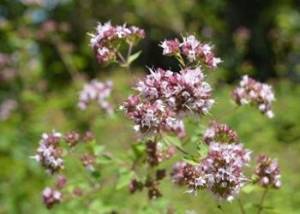 | 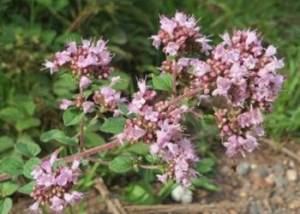 | 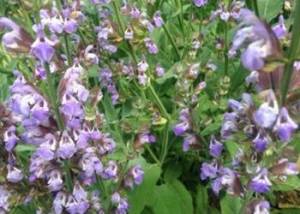 | |
| Size | 20 to 60 cm tall | 20 to 80 cm tall | Up to 60 cm tall |
| Leaves | Gray/silver to green; smooth; simple; ovate; opposite; hairy | Green; opposite; rounded; slightly hairy | Gray-silver/ whitish green; Oval; soft and velvety; hairy |
| Flowers | Pale pink/white; two-lipped; tubular; appear in spikes | Pale pink/white to purple; lipped; tubular; in spikes | Pink/white/lavender/blue; lipped; tubular; spike |
| Stem/Trunk | Square; erect; hairy; multi-branched; green to red/burgundy | Roughly square; erect; less hairy; green | Square; hairy; gray/silver to green |
| Scent | Sweet, spicy, piney scent | Warm, camphor-like scent | Earthy and herbaceous aroma |
Warnings And Cautions
Marjoram is safe in food amounts, but its effectiveness as medicine is not yet fully established. Pregnant and breastfeeding women are not advised to take marjoram as an herbal remedy. It should also be used with caution on children.
Fresh marjoram may cause skin irritation. So, do a patch test before topical application. Do not use marjoram around the eyes to avoid irritation.
Marjoram may interact with prescription and other herbal medicines. Avoid using marjoram or any herbs and talk to your doctor if you have a preexisting condition. Marjoram may also interact with lithium and be unsafe in conjunction with this substance. It can also risk bleeding and thus, is not intended for use before any surgery.
16 Medicinal Herbs You Should Grow Side by Side
75+ Spring DIY Projects: No. 5 Will Take You by Surprise! (Video)








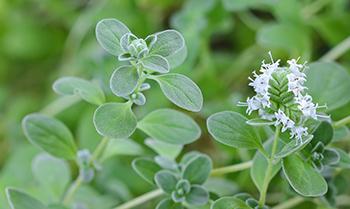 Seeds. The seeds of the marjoram are tiny. Each flower can produce up to four seeds. These seeds are non-flattened, oval, and dark brown. They are dry, but they do not split open even when ripe.
Seeds. The seeds of the marjoram are tiny. Each flower can produce up to four seeds. These seeds are non-flattened, oval, and dark brown. They are dry, but they do not split open even when ripe.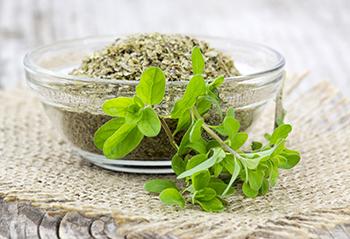
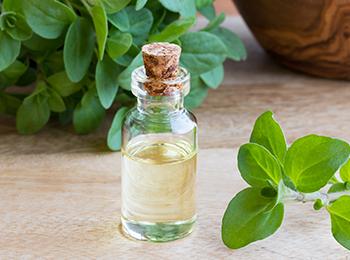
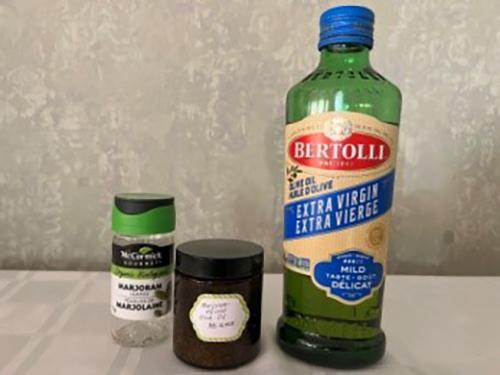


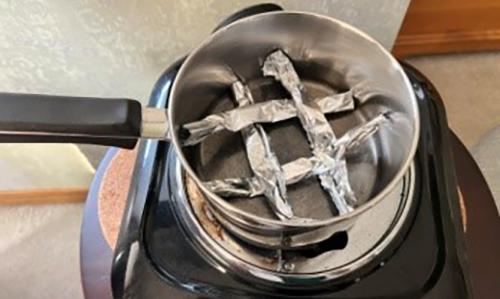
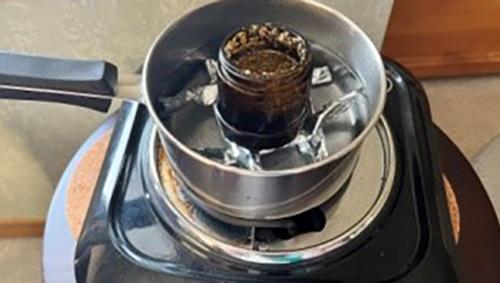
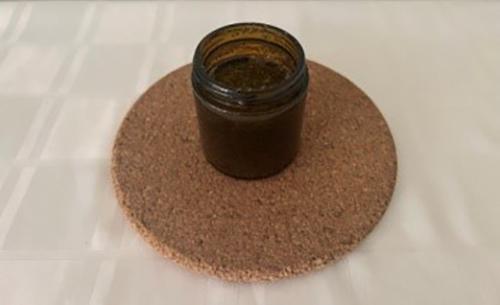
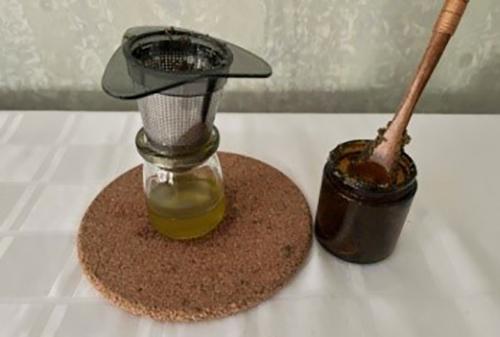

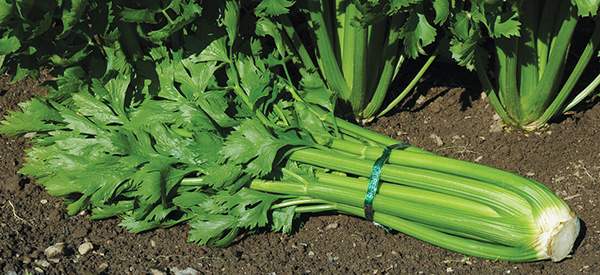
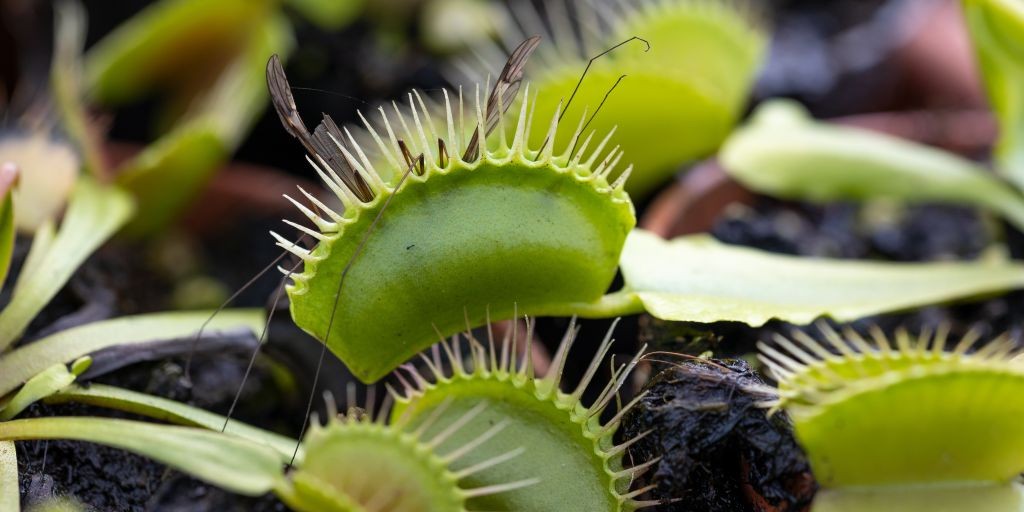

Crushed Marjoram Leaves
https://amzn.to/3umPOXV
Twin Pack of 500 Seeds Each
https://amzn.to/3KpiNQm
Thanks for the information. I would like to know how to use it for making tea and in what amounts? Can I use it fresh or dried only?
Thank you.
I have always wondered what to do with it! I planted marjoram years ago just as an addition to other medicinal herbs, plus the bees love the flowers. My marjoram now grows like nobody’s business, we even tilled up my garden to add amendments and its come back.